
Day four of the SJMC Japan trip saw the team drifting quite a bit: we ventured away from Tokyo and the team branched off into smaller groups to spend the day in various parts of the city.
We started bright and early with a train ride to Kamakura for a daily outing to visit the Kōtokuin Temple and Hasedera Temple. The SJMC team gained insight into the history behind the Buddhist traditions these temples uphold.
The team also ventured out into the shopping center of Kamakura, where we split into groups to grab lunch, sample sweet treats and buy souvenirs to take back home. We ended the day by splitting off once again. Some of us revisited neighborhoods such as Harajuku and Shibuya, some chose to stay in Kamakura and enjoy the coastline breeze, and others went to explore new areas of Tokyo.
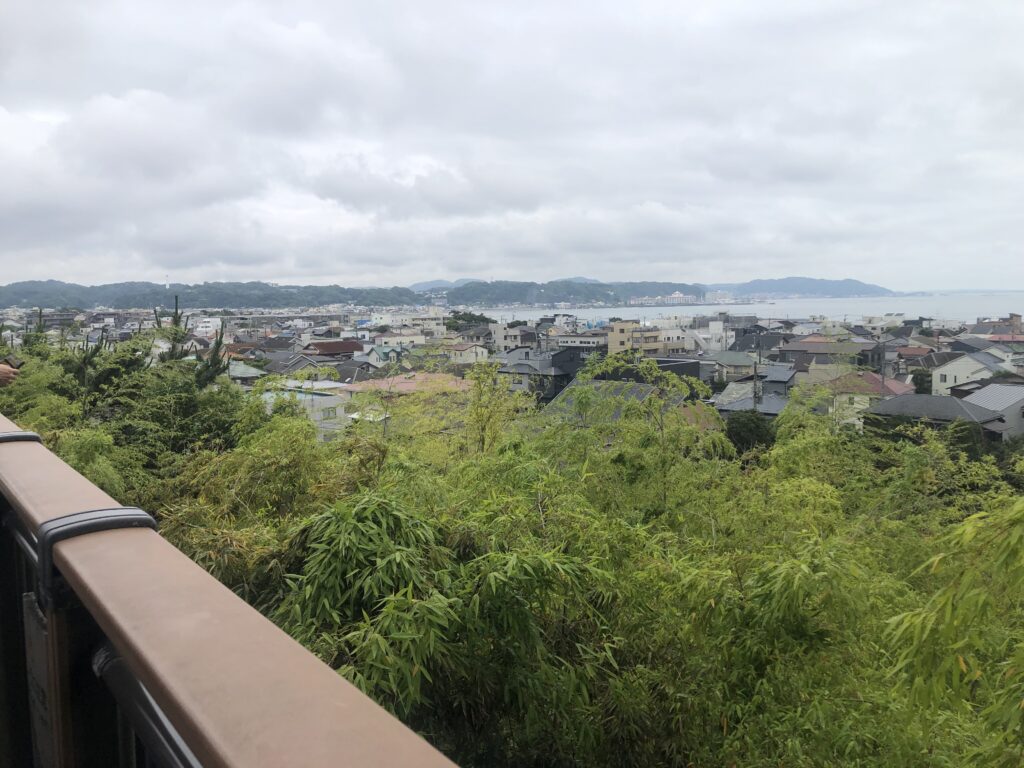
The Great Buddha
An estimated hour train ride from Tokyo, Kamakura is a full 180 degree turn from the metropolis, as it has a more traditional feel and more religious significance.
“Compared to Tokyo, Kamakura is a more traditional town: smaller streets, less population, and smaller shops and restaurants,” Reese Zeigler said.
Kamakura’s unique location in Japan makes it worthwhile. An observation deck at Hasedera Temple allows visitors to gaze into the never-ending sapphire blue ocean. This change of scenery eased the students’ minds. The city is a beautiful blend of ocean and greenery that complements the peaceful atmosphere. Kamakura is also well-known for the Daibutsu statue at Kōtokuin Temple.
Daibutsu, or the Great Buddha, was the centerpiece of a wooden structure that was repeatedly destroyed by frequent typhoons. In the 1200s, the statue was rebuilt in copper and was left open to the elements for locals and tourists go to pray. The green tint that appears on Daibutsu is due to the process of oxidation, which is, incidently, the same cause of the Statue of Liberty’s mint green appearance as well.
The Great Buddha is loved dearly by all — Buddhist or otherwise — for its luck and fortune.
Many from the SJMC team chose to give monetary or incense offerings to Daibutsu, and several had emotional spiritual experiences while saying prayers.
Some students also chose to commemorate the group visit by investing in goshuin stamp books. Goshuin is a Shinto and Buddhist tradition of collecting calligraphy signatures and stamps in a journal. The calligraphy states the day of one’s visit to the shrine or temple, and each stamp features an illustration.
Kannon at Hasedera Temple
After leaving Daibutsu, the SJMC team was met with a path of colorful hydrangeas that are very popular during this time of the year. The path continued to a smaller shrine before the Kannon-do Hall, which is dedicated to the Jizo, which are statues dedicated to protecting miscarried children or children who died very young.
After the Jizo, hydrangeas continued to line the path up the stairs to the main shrine of Kannon.
Seeing the Kannon left most students in awe, as it is one of the largest wooden statues in Japan. The Hasedera Temple arose in Kamakura when two statues were thrown into the water, and, guided by the current, landed in Kanagawa and Nara prefectures to spread the religion.
The Kannon’s special look is strong and fearless and gives followers feelings of hope. The Eleven-Headed Kannon inspires hope for a better life.
“It was absolutely beautiful and I even got teared up,” Allison Binkley said. “It was so grand, and thinking about how much love people have for Buddhism to make something so ornate really made me emotional.”
Photography is not permitted inside the Hasedera Temple. Although we cannot share moment this with the readers, this made the experience stick with the team just a little more. Students prayed to Kannon and felt uplifted by the spirit one-on-one.

Come again soon
We closed out the visit to Daibutsu and Hasedera Temple and headed toward Komachi-dori Street in Kamakura to grab a bite to eat and do some light shopping at boutiques and souvenir shops. One store the students were excited to find out about was Donguri Igirisu, which is Studio Ghibli-inspired and featured many lovable characters from movies such as “Kiki’s Delivery Service,” “My Neighbor Totoro” and “Howl’s Moving Castle.” Immediately, many on the team knew they could not move any further without going inside (while almost forgetting about lunch completely).

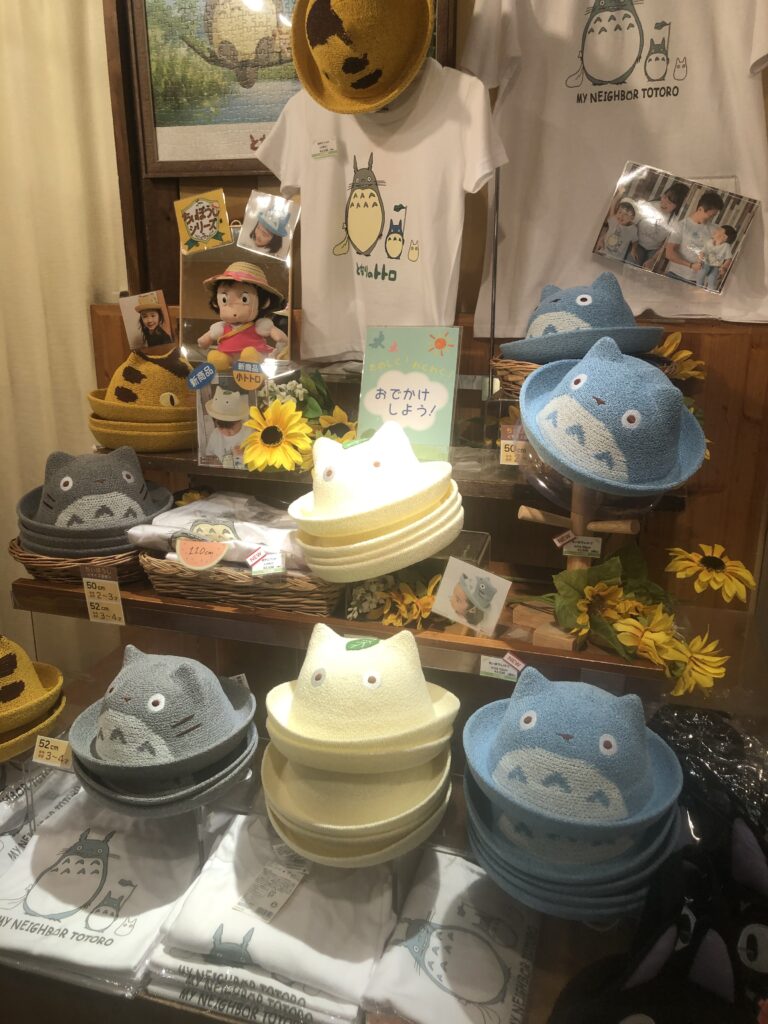

The team browsed the store for way too long before reluctantly leaving to make the deadline to order lunch. Luckily, some of the team were able to sit and relax in Kamakura and enjoy meals we would never be able to enjoy in the United States, including okonomiyaki, a pan-fried dish consisting of batter and cabbage as a base, with ingredients of choice added in. Lunch was tasty and satisfying for all, no matter what they chose to try.
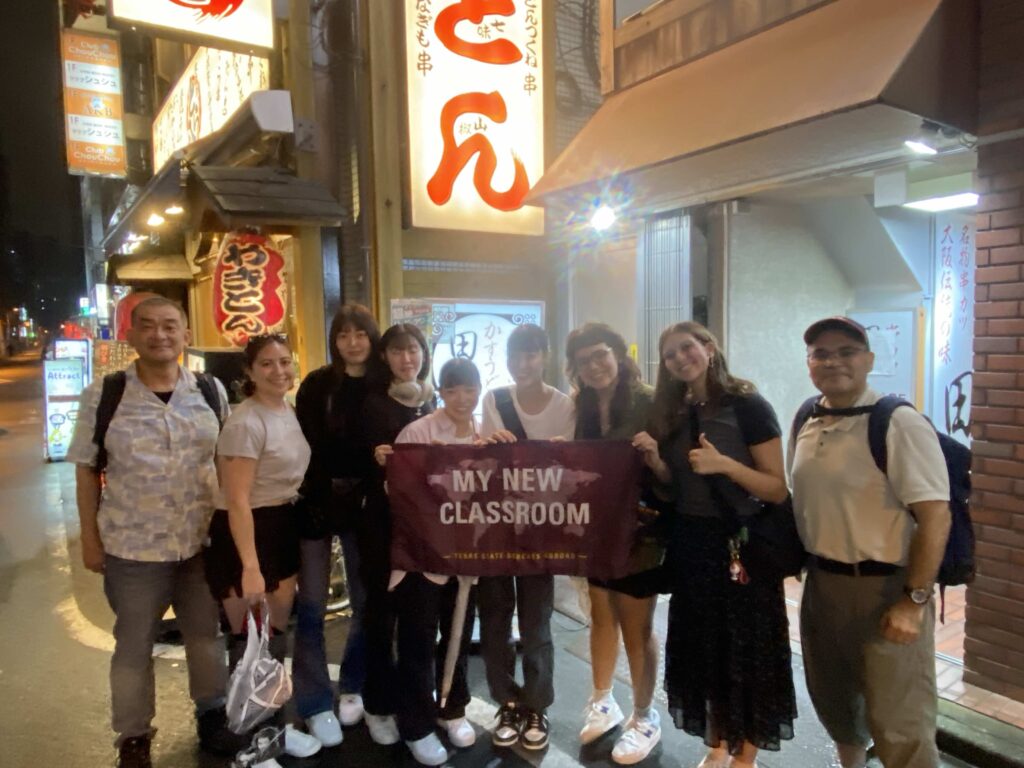
While the team had just experienced a collective favorite memory, many still wished to revisit areas we had been to days before. Zoe Simonivic, Gabby Fiorenza, and Brianna Archer revisited Harajuku to experience more of the Japanese fashion and youth culture. Meanwhile, Alaila Coleman, Maya Hicks, and Oli De Los Santos remained at Kamakura to make their way all the way down Komachi-dori Street and check out more of what the coastal city has to offer.
Many of the team spent the last night at Shibuya Crossing for dinner, where they once again met up with Manaka from Rikkyo University to further discuss life in Japan. Meanwhile, a handful of other students met a new group of Chuo Gakuin University students in Akihabara for dinner; these Chuo Gakuin University were volleyball players at the school.
Kyoto is next on the agenda, and the team is curious about the rural side of Japan. The shinkansen (bullet train) will transport the students to Kyoto. Find out how the Kyoto adventure will begin in tomorrow’s blog post, and be sure to follow the team on the SJMC Japan Instagram.
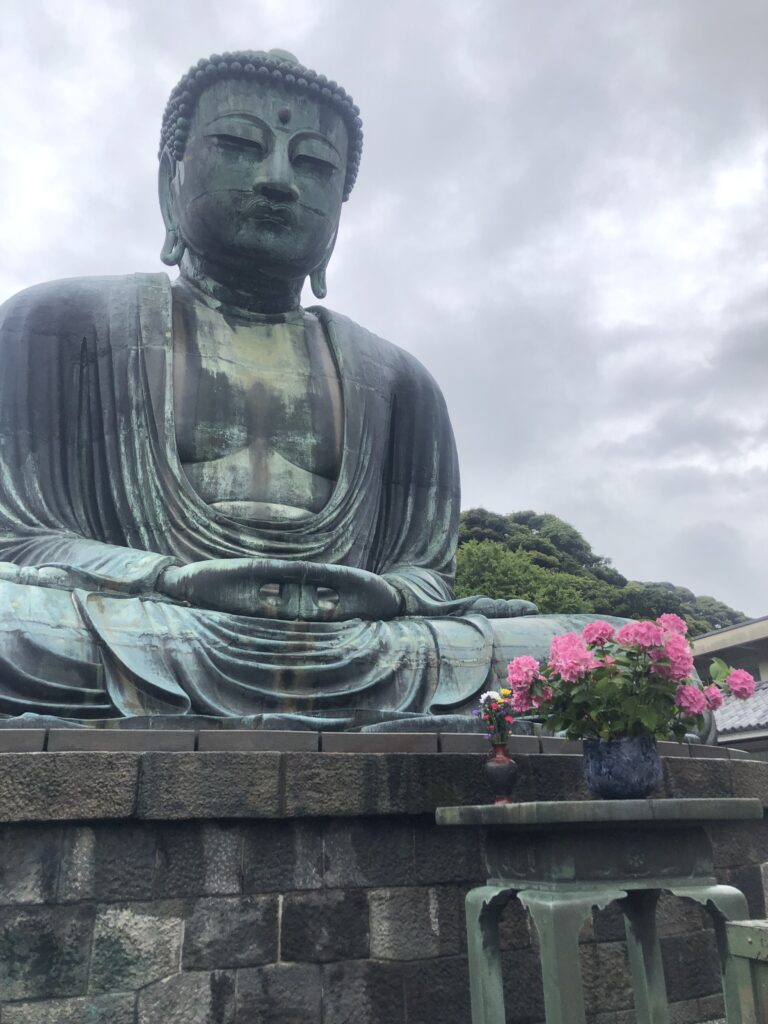
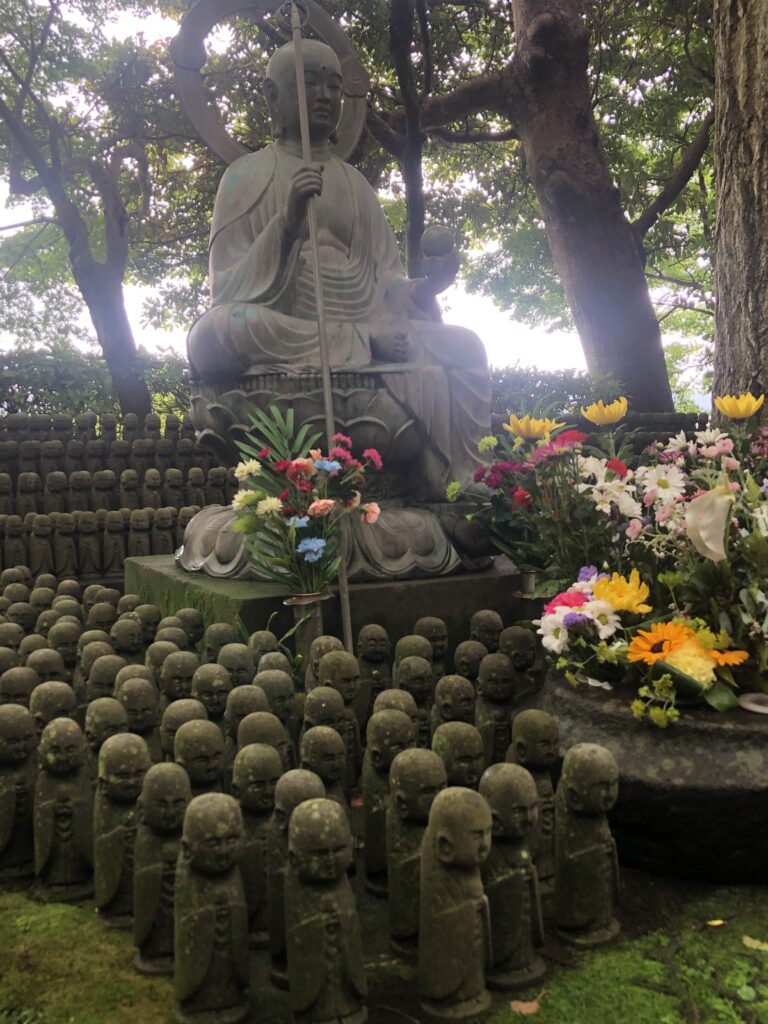
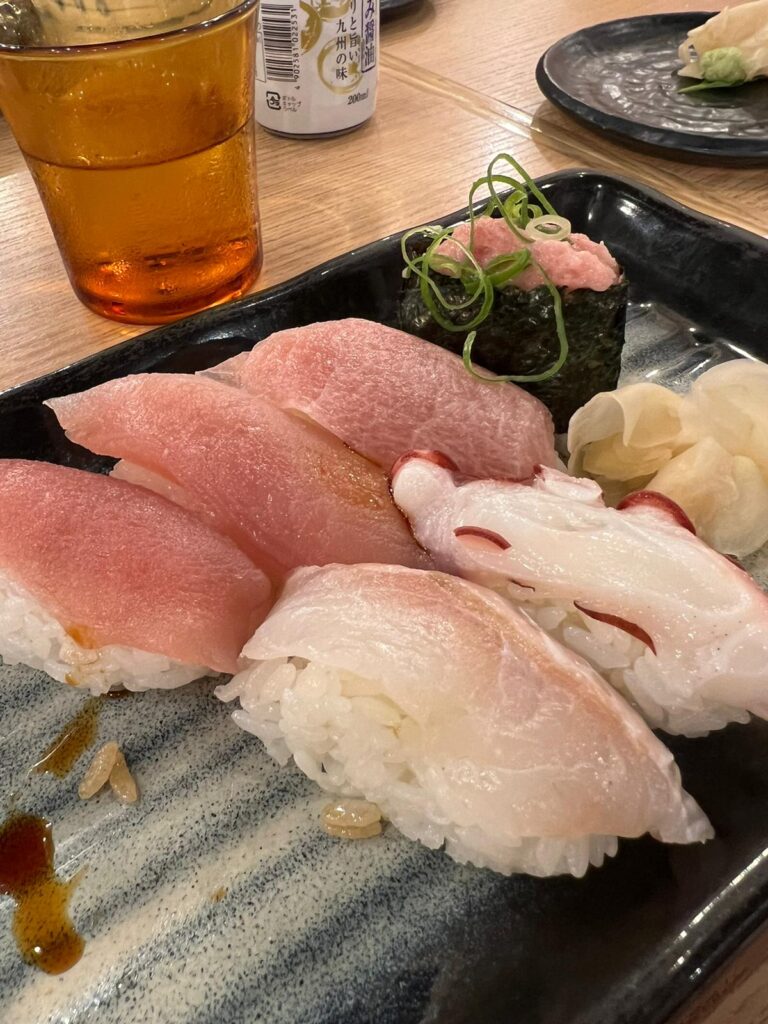
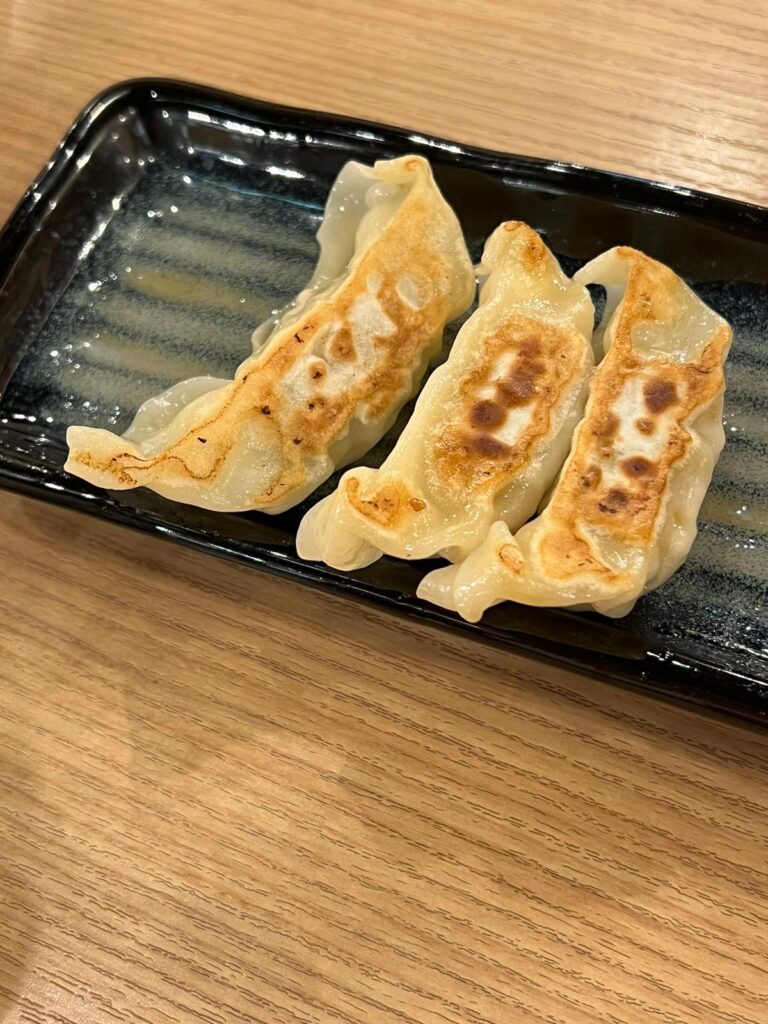
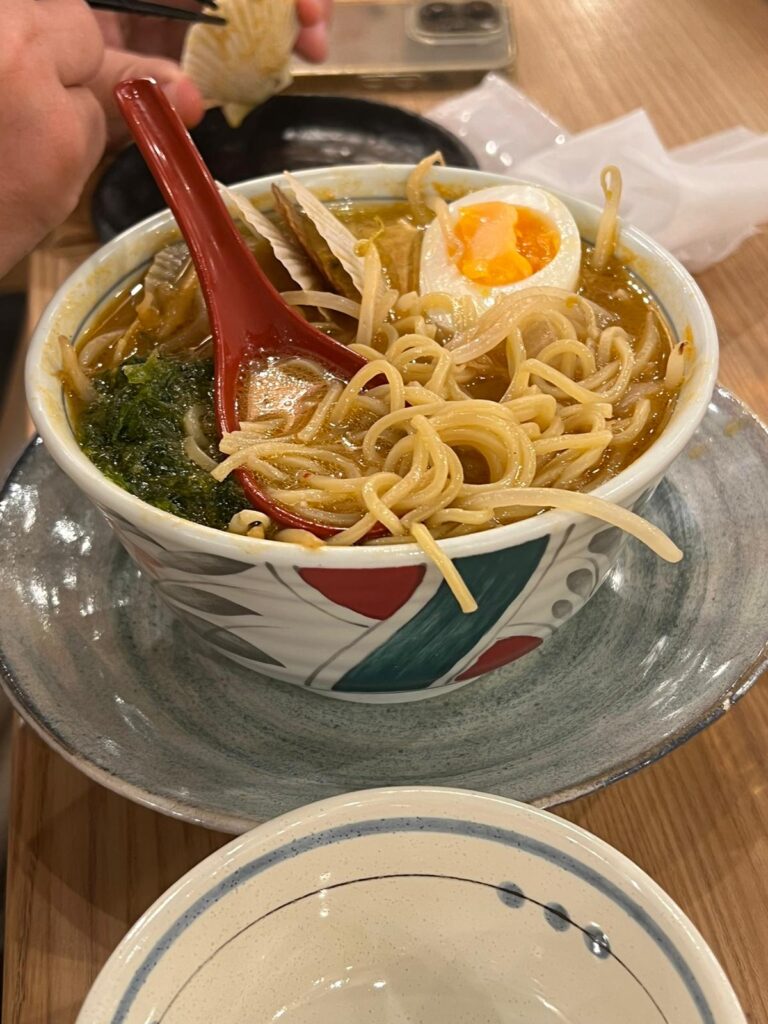
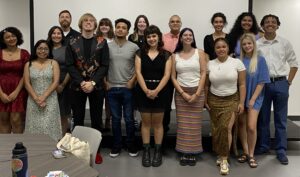
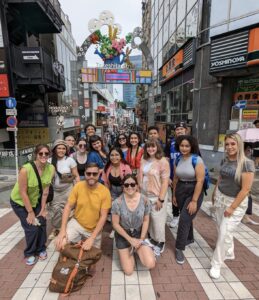






NICE👏👏